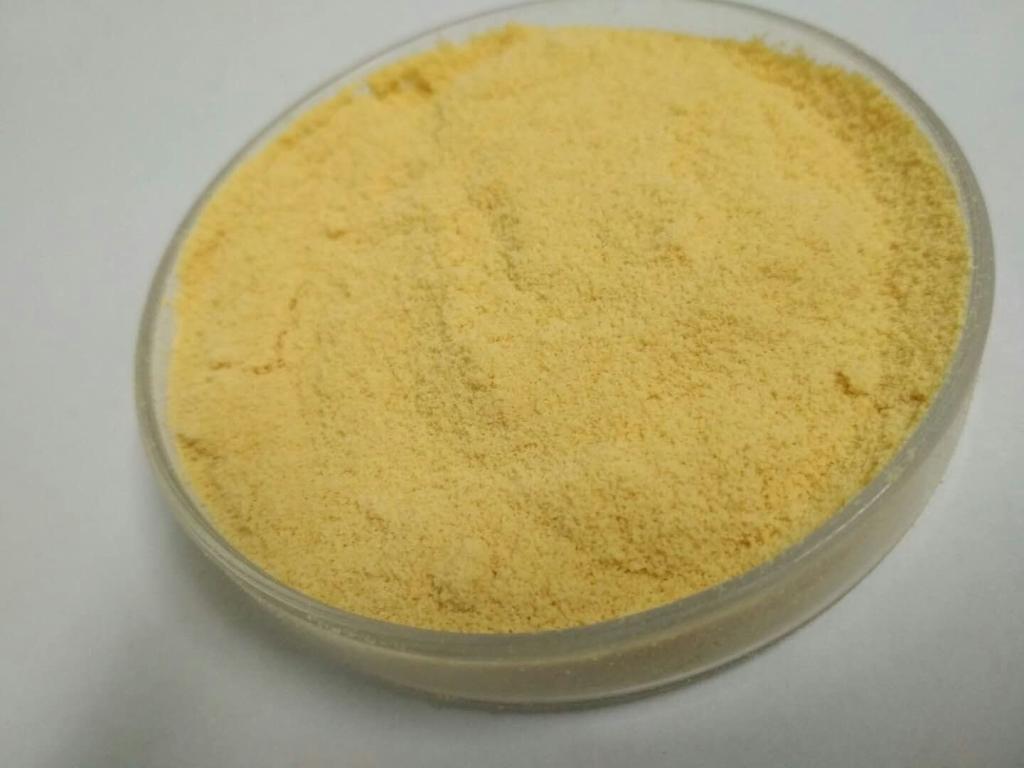Phospholipid specifications
Time:2023-12-14
Phospholipids are a class of lipids that are a major component of cell membranes.They are essential for the structure and function of cell membranes and play a crucial role in various biological processes.Phospholipids are composed of a hydrophilic (water-attracting) head and two hydrophobic (water-repelling) tails, exhibiting amphipathicity.This means they possess both hydrophilic and hydrophobic regions, allowing them to be soluble in both water and organic solvents.The specifications for phospholipids can vary depending on their intended use and source.
Phospholipids can be derived from various sources, including soybean, egg yolk, sunflower, and other plant or animal-based materials.The source can influence the composition and characteristics of the phospholipid.
Phospholipids molecule consist of a phosphate group, a glycerol molecule, and two fatty acid chains.The specific fatty acid composition can vary, affecting the properties of the phospholipid.
Phospholipids are commonly available in various forms, including powders and liquid solutions. The color, odor, and taste may vary depending on the source and processing method.
Phospholipid preparations should have a high degree of purity to ensure their effectiveness and safety.Purity levels are often expressed as a percentage, and high-purity phospholipids are typically 95% or more pure.
Proper storage conditions are necessary to maintain the stability of phospholipidsCommon storage recommendations include cool, dry places and protection from light.
Phospholipids are used in various industries, including pharmaceuticals, cosmetics, and food. Specifications may vary depending on the intended application.In the case of powdered phospholipids, specifications may include particle size distribution to ensure proper dispersion and functionality.
Phospholipids used in food or pharmaceuticals must comply with relevant regulatory standards set by authorities such as the U.S. Food and Drug Administration (FDA) or the European Medicines Agency (EMA).
These specifications can vary based on the specific type of phospholipid and the intended application.If you are looking for detailed specifications for a particular phospholipid product, it is recommended to refer to the product documentation provided by the manufacturer or supplier.


 CN
CN





